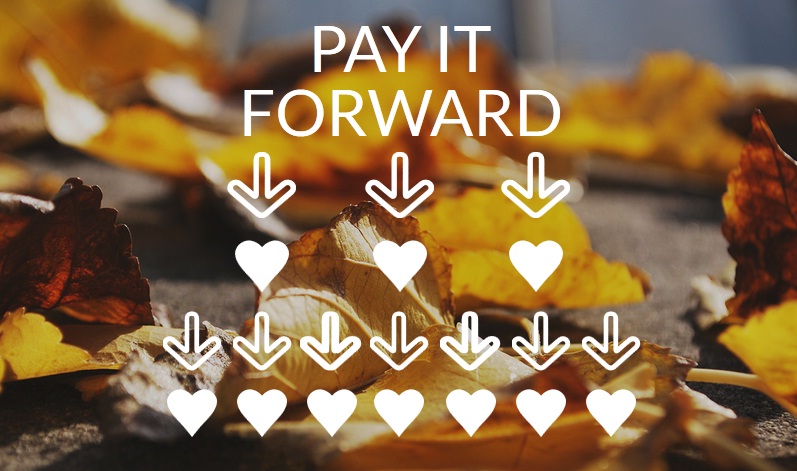
Statement from Prosperity Together Regarding President Obama’s FY17 Budget
Statement from Prosperity Together Regarding President Obama’s FY17 Budget Nonpartisan, National Coalition of Women’s Foundations Strongly Supports President Obama’s Budget Provisions Expanding Opportunities



